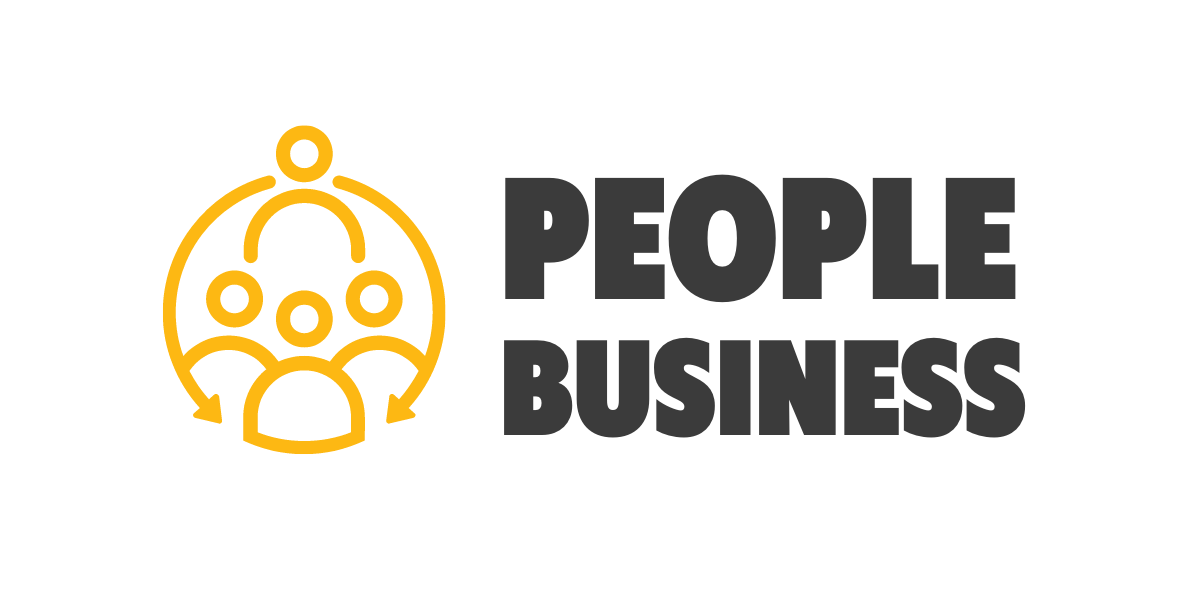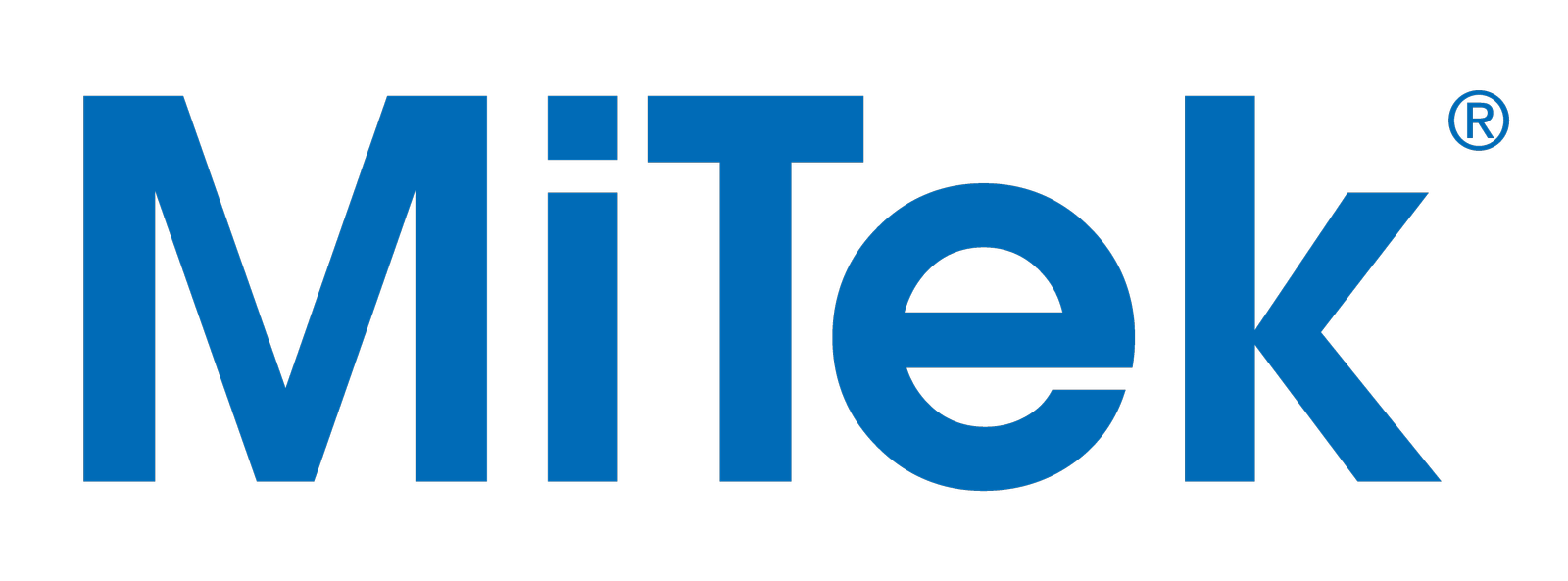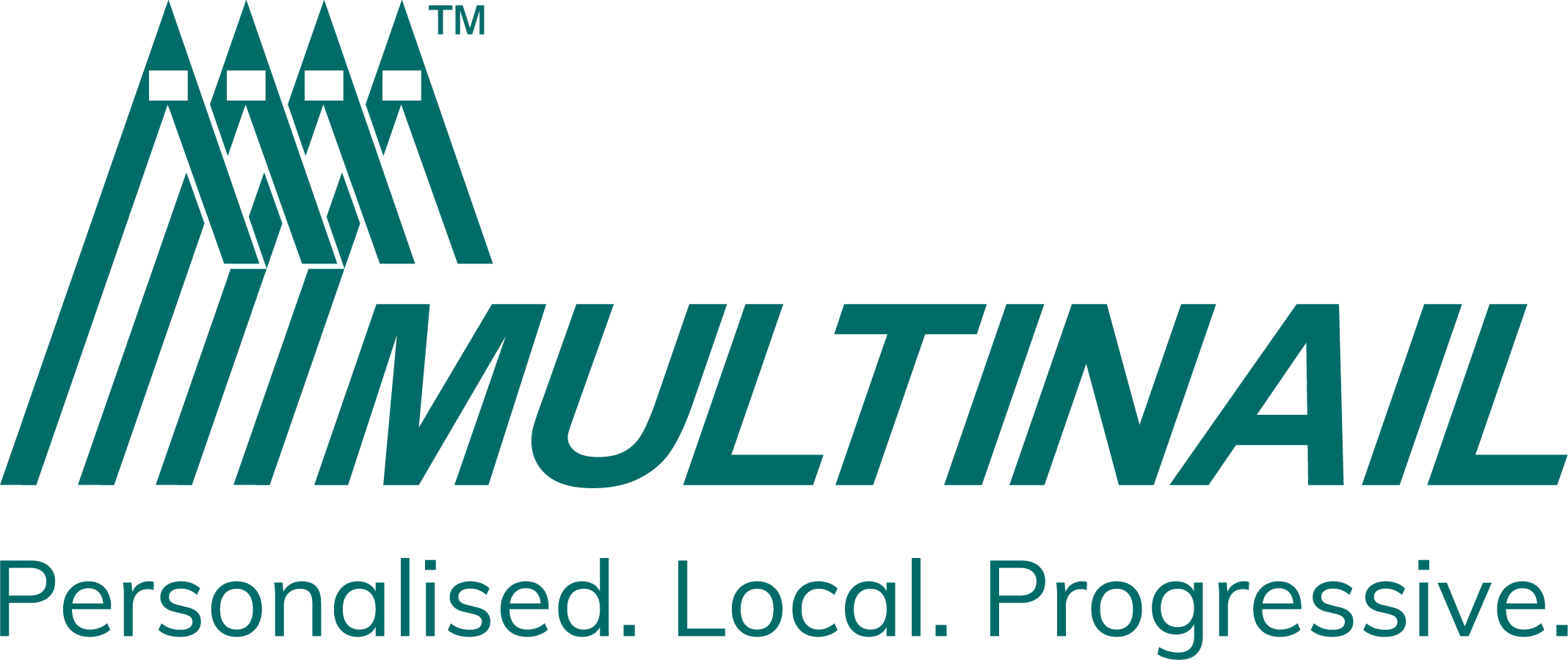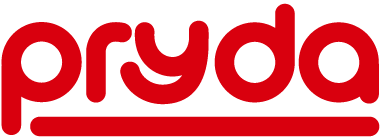
People Business is a column focusing on HR, IR and WHS issues. This piece was written and provided by Peter Maguire, owner and practice leader of Ridgeline HR.
In this second article in our series on managing psychosocial hazards, we explore the next 4 psychosocial hazards in the Model code for managing psychosocial hazards published last year by Safe Work Australia.
In each case, there is an explanation of what the hazard is and some questions for you to consider in assessing whether there are any associated risks evident in your workplace.
Hazard #3 – Poor support
There are a range of ways in which people might be poorly supported – like how their supervisors or other workers interact with them or not having the availability or the quality of resources available to enable them to do their job and lots more.
Some questions that you might ask to assess whether there are any poor support related psychosocial hazards in your workplace include;
- Do people receive insufficient, unclear or contradictory information related to their work?
- Do people have all of the things they need to do their job properly or on time and/or do they have to wait or compete for what they need?
- Are tools and systems and other resources poorly maintained or inadequate for the work that is supposed to be undertaken?
- Are people given the instruction, training and time to develop skills that are necessary for the work they are to do?
- Can workers access supervisors consistently to make decisions and provide them with the guidance that they need?
- Are there sufficient workers available to perform tasks safely?
- Is it difficult for workers to call out for help when they need it because they cannot leave their workstation, or because they are working on their own or remotely?
- is the workplace culture competitive and discouraging of people helping each other out?
- Is it hard to find somewhere psychologically safe to talk to someone because there are no private facilities or meeting rooms in the workplace?
- Do people think that management doesn’t listen and doesn’t respond if anyone raises a concern?
- Do people not get good performance feedback as it is not constructive, or helpful or it is non-existent?
Hazard #4 – Lack of role clarity
This hazard arises from people being subject to unclear, inconsistent or frequently changing roles, responsibilities or expectations and not having clear and accurate information.
Recent research has shown this to be the most common psychosocial hazard reported by Australian workers.
Some questions that you might ask to assess whether there is any psychosocial hazards associated with a lack of role clarity in your workplace include;
- Are people properly inducted into the organisation, their team and their role or do they have to try to work it out by themselves?
- Are there inconsistencies in work allocations and/or overlap in responsibilities between workers which make people confused about who is supposed to do what?
- Do people receive instructions from multiple people and are not clear about who they report to?
- Are there mixed messages or inconsistencies in communications on performance standards or do those standards seem to change from day to day or depending on who you talk to?
- Is there adequate information on work processes or do people have to work it out for themselves?
- Do people lack understanding of why work processes are designed as they are?
- Are there inconsistencies in how people’s individual performance and behaviour is managed that confuses people about what the performance standards are?
- is there a lack of clarity about work priorities (e.g. which tasks or stakeholder relationships are most important)?
Hazard #5 – Poor organisational change management
This is organisational change which is poorly planned, communicated, supported or managed.
Change management is also one of the most common improvement opportunities identified in employee engagement surveys along with communications.
Some questions that you might ask to assess whether the way that organisational change is managed in your workplace is poor and constitutes a psychosocial hazard are;
- Are workers genuinely consulted about changes that affect them?
- Are workplace health and safety considerations assessed and addressed in the change management process?
- Are impacts on the performance of work in transition (eg when people are learning new skills or there is disruption due to building or commissioning new facilities or changes in systems and processes) or ongoing given due consideration and appropriate adjustments made?
- Are changes poorly planned with no clear objectives or roles or process or timelines?
- Are changes communicated to people in a timely and informative manner so as to prevent speculation and rumours?
- Is sufficient information on the reasons for and effects of changes provided so that people can understand and engage with them?
- Are people provided with appropriate and adequate training and time to learn new tasks or to use new systems or to apply new processes?
Hazard #6 – Inadequate reward and recognition
This hazard involves jobs where there is an imbalance between workers’ effort and recognition and rewards, both formal and informal.
Some questions that you might ask to assess whether there are any psychosocial hazards related to inadequate reward and recognition in your workplace include;
- Do people get unfair negative feedback or criticism or get blamed for things that they have no control over or where they do not have the training, resources or support they need?
- Do people not get the feedback that they need to understand and address improvements needed in their work performance or behaviour?
- Do people not get positive feedback and due recognition for the contributions that they make in their roles, in their teams and in the organisation as a whole?
- Is there favouritism or nepotism or any other unfair, biased or inequitable distribution of rewards and recognition?
- Are people not receiving their due entitlements under workplace laws?
- Do people not get reasonable opportunities for development?
- Are peoples’ skills and knowledge and performance achievements not recognised eg are they subject to an unnecessary level of supervision given their capabilities?
These lists of questions are not exhaustive and while we have based these posts on the model code produced by Safe Work Australia, there can be differences in the specific details for each State or Territory. So you need to check that in the jurisdiction in which your workplace lies.
Disclaimer
This article has been prepared to provide as accurate a picture as possible based on information that is currently available pending implementation of the legislative changes. It does not constitute legal or professional advice and should not be relied upon in that regard.
About the author
Peter Maguire is the owner and practice leader of Ridgeline HR, an award winning HRM consulting practice which has been operating since 2000. Peter is an acknowledged expert in workplace relations and also a high performance leadership coach with over 40 years of experience in HRM. Ridgeline HR’s byline is “Helping PEOPLE in BUSINESS with PEOPLE BUSINESS”.
Our Principal Partners



